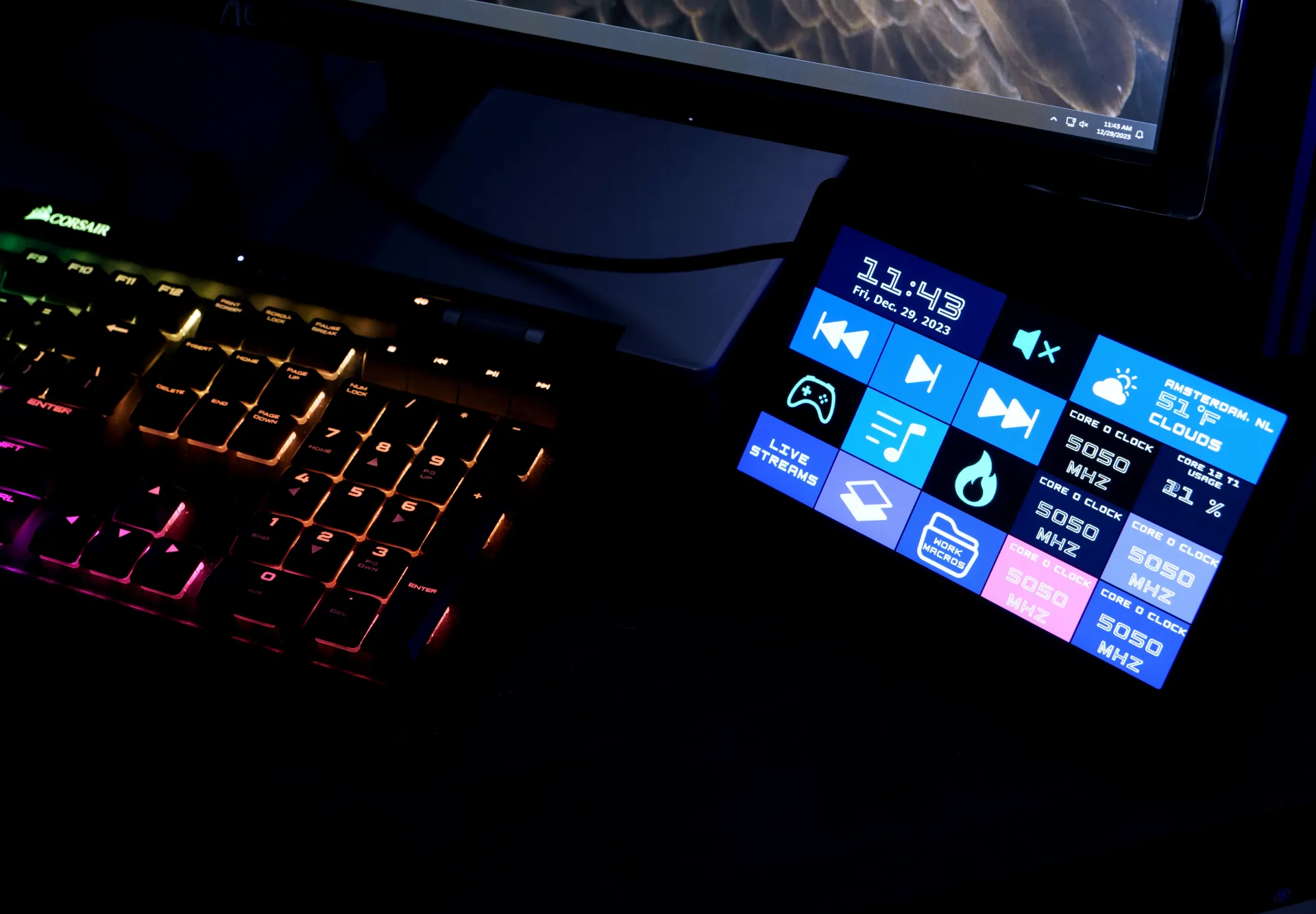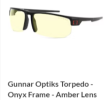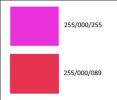D
Deleted member 2197
Guest
Thread dedicated to the latest PC hardware that members find new and unusual. Ideally having this thread should make it easier to find and compare hardware for your next future upgrade. Helpful if review link(s) are included but not necessary.

 www.guru3d.com
www.guru3d.com


G.Skill WigiDash PC Command Panel review
WigiDash is a newly developed PC accessory, known as a PC Command Panel, designed with a focus on versatility and customization. This innovative 7" touch panel device is tailored to cater to content creators, gamers, and power users alike, offering a wide range of functionalities.

G.Skill has released its WigiDash PC Command Panel, an accessory designed for PCs, offering a range of functionalities to suit various user needs. This 7-inch touch panel device is engineered for versatility and customization, aiming to enhance the efficiency of content creators, gamers, and enthusiast users. It allows users to configure hotkeys, and shortcuts, manage media playback, and monitor system performance. These functions are accessible through customizable widgets provided by the WigiDash Manager software.
...
We like where G.Skill is going with this. The WigiDash's primary function is to optimize workflows and display system information. Users can configure hotkeys for various actions, including program launching, file access, and Windows OS functions. It supports the integration of third-party utilities for displaying information like weather updates and time, however needs to hook into HWinfo or AIDA which for more advanced metrics and polling results.



